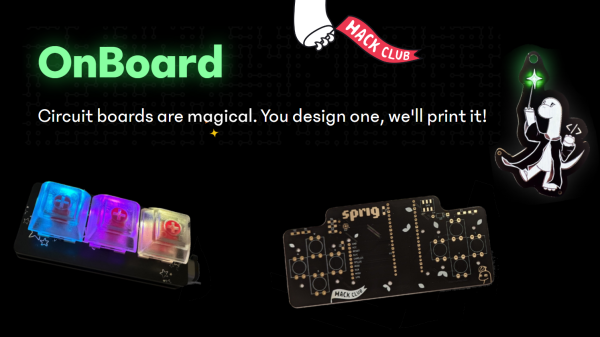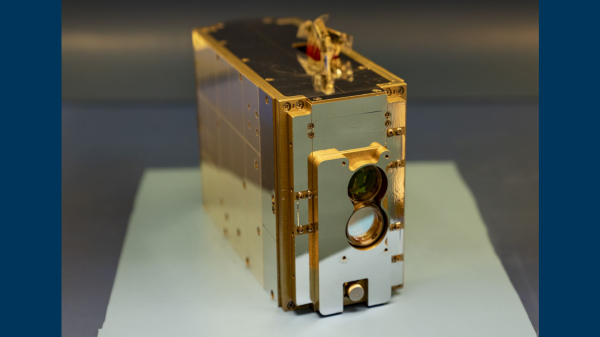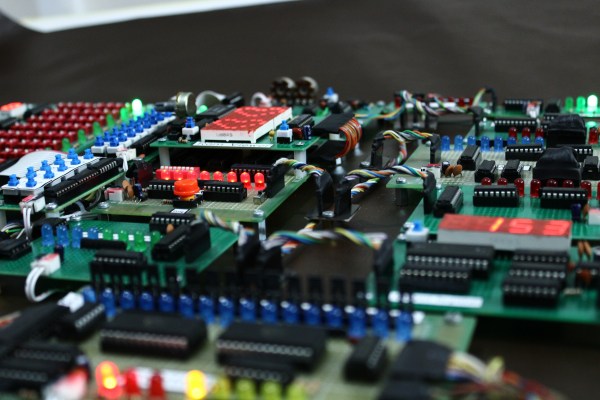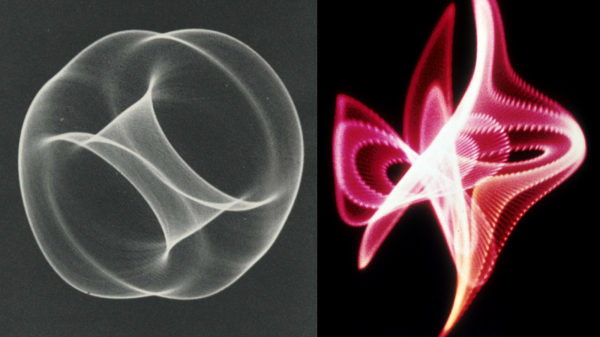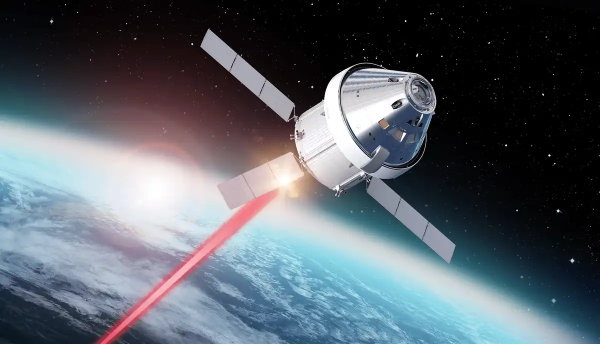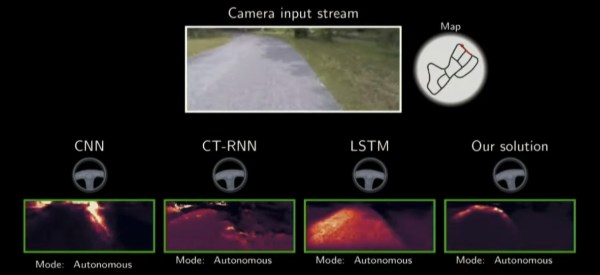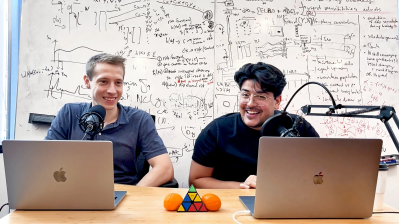[Hack Club] is a nonprofit network of coder and maker clubs for teenage high school students around the world. With an impressive reach boasting clubs in about 400 schools, they serve approximately 10,000 students. Their OnBoard program asserts, “Circuit boards are magical. You design one, we’ll print it!”
Any teenage high school student can apply for a [Hack Club] OnBoard Grant to have their Printed Circuit Board design fabricated into real hardware. The process starts by designing a PCB using any tool that can generate Gerber files. The student then publishes their design on GitHub and submits the Gerber files to a PCB manufacturer.
A screenshot from the board house showing the completed design upload and production cost is the main requirement of the grant application. If approved, the grant provides up to $100 to cover PCB manufacturing costs.
OnBoard encourages collaboration, community, and friends. Designers can share their projects and progress with [Hack Club] teens around the world. Those who are working on, or have completed, their own circuit board designs can share support and encouragement with their peers.
Example hardware projects from [Hack Club] include Sprig, an open-source handheld game console based on the Raspberry Pi Pico microcontroller. Teen makers can explore the example OnBoard projects and then it’s… three, two, one, go!

